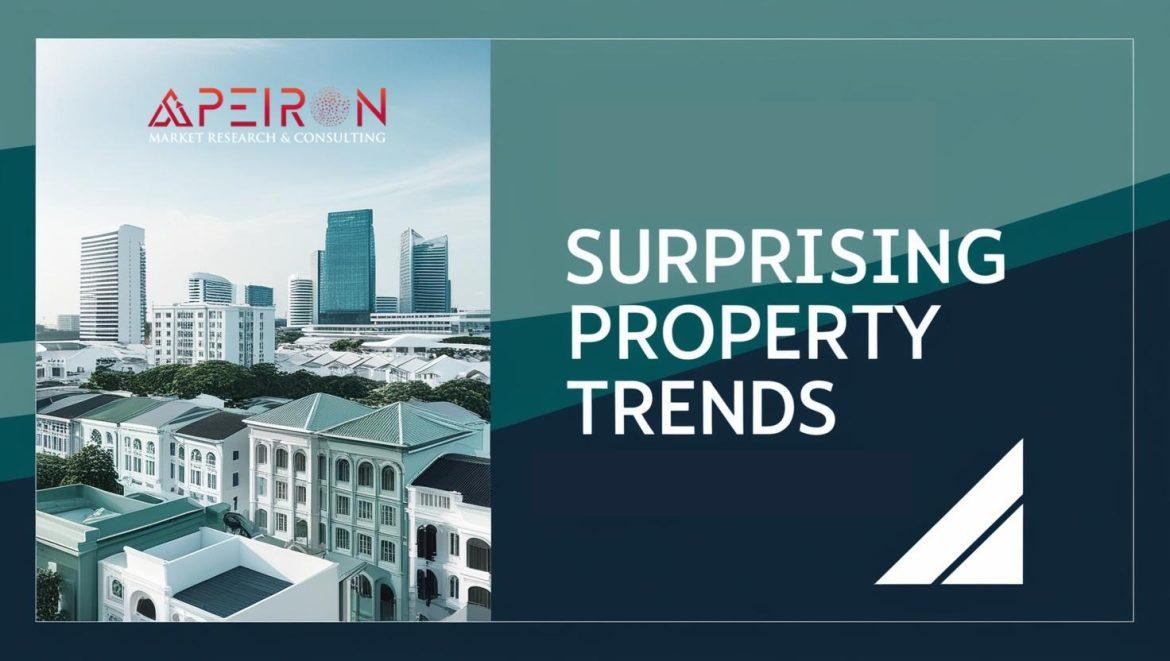“Success in real estate comes down to two factors : taking care of and valuing the customer” – Michael Miedler
Singapore’s property market is often viewed through a traditional lens, shaped by long-standing beliefs about prime locations, freehold tenure, and luxury demand. However, emerging data tells a different story — one that challenges conventional wisdom and signals a shift in buyer behavior, investment priorities, and development opportunities. For developers, understanding these evolving trends is critical to staying ahead in a competitive landscape.
OCR and RCR Properties Are Outperforming CCR in Growth
For years, the Core Central Region (CCR) was seen as the gold standard for property investment. Yet, data from the Urban Redevelopment Authority (URA) in 2023 showed stronger price appreciation in the Outside Central Region (OCR) and Rest of Central Region (RCR). OCR properties, in particular, saw a 9.6% year-on-year price increase compared to CCR’s modest 2.8%. Projects like Lentor Modern and Tenet EC recorded strong demand and near sell-outs on launch weekend. The growing appeal of suburban areas is driven by improved connectivity, remote working flexibility, and more value-for-money offerings — challenging the assumption that only prime districts offer the best returns.
Leasehold Developments Can Outperform Freehold
Conventional wisdom favors freehold properties for their perceived long-term value, but recent data suggests that 99-year leasehold projects in high-demand areas are seeing stronger rental yields and price appreciation. Integrated developments such as Pasir Ris 8 and Piccadilly Grand offer accessibility, retail convenience, and transport links that outweigh the tenure trade-off for many buyers. Developers should focus more on strategic location and lifestyle integration than tenure alone.
Smaller, Smartly Designed Units Are Rising in Popularity
While larger units were traditionally favoured for family living and capital gains, recent trends indicate a surge in demand for one- and two-bedroom units, particularly among singles, young couples, and investors. According to property analytics platform Square Foot Research, one-bedroom units in RCR projects are achieving rental yields of up to 4.5%, outpacing larger counterparts. With more professionals working from home and seeking affordable entry points, compact units with efficient layouts are proving increasingly attractive.
Non-Mature Estates Are Emerging as Growth Hotspots
Historically, buyers preferred mature towns like Bishan or Toa Payoh. However, new data reveals rising demand in non-mature estates such as Tengah, Woodlands, and Bukit Batok. These areas benefit from government master plans, improved infrastructure (e.g., Jurong Region Line, North-South Corridor), and planned transformation zones like the Northern Agri-Tech Innovation Park. Developers who invest early in these districts may gain first-mover advantages as demand and prices catch up.
Integrated Developments and Mixed-Use Projects Drive Price Resilience
Once considered niche or overpriced, integrated developments are proving more resilient during economic uncertainty. Data from EdgeProp shows mixed-use projects near MRT stations have retained value better during market fluctuations. Consumers value the convenience of having F&B, retail, and transport options within walking distance. Developers should consider mixed-use components not just as add-ons, but as key differentiators for long-term value.
Singapore’s property market is evolving in ways that contradict traditional assumptions. Developers who adapt their strategies based on data — prioritizing connectivity, compact living, and mixed-use convenience over legacy beliefs — will be best positioned to meet the expectations of today’s buyers and tomorrow’s investors.


